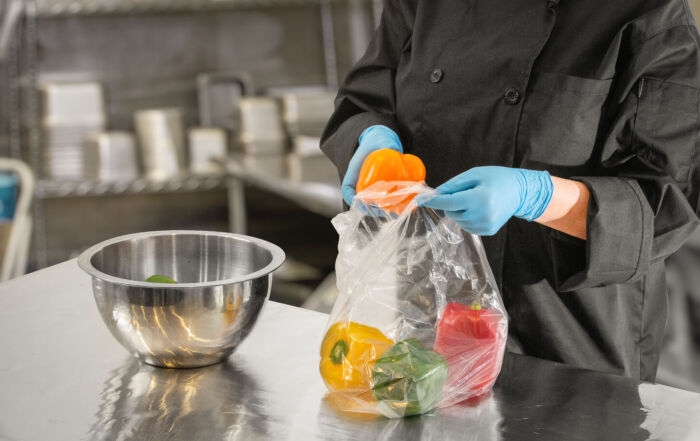The Hidden Dangers: Allergens in Your Foodservice Operation
It has been a while since we have addressed or discussed allergens in the blogs. In today’s foodservice landscape, understanding and managing allergens is more critical than ever. With food allergies affecting millions of people worldwide, restaurants and foodservice operators must be vigilant in providing safe dining experiences.
It has been so long since we have discussed allergens in the blog that the last time we addressed the topic, there were only eight allergens. In 2021, the Food Allergy Safety, Treatment, Education, and Research Act was passed by the United States Congress and became law on January 1, 2023. The law recognized sesame as the ninth major allergen and requires sesame to be clearly labeled on all food packaging.
The decision to elevate the status of sesame reflects the growing number of reported allergic reactions and the need for increased awareness and safety measures across the food chain. Sesame is commonly found in products like hummus, salad dressings, baked goods, and many ethnic cuisines, making it a prevalent ingredient that can easily be overlooked.
Only about 6% of adults experience a food allergy, but allergens are more prevalent among children where one in every 13 children suffers from a food allergy. For those of you who work in school foodservice operations that is about two students in every classroom.
…only about 6% of adults experience a food allergy, but allergens are more prevalent among children where one in every 13 children suffers from a food allergy.
To refresh your memory on the nine major allergens, they include milk, eggs, fish, shellfish, tree nuts, peanuts, wheat, soybeans, and now sesame. These allergens can provoke severe reactions, ranging from hives and swelling to anaphylaxis, a life-threatening condition which requires immediate medical attention. For foodservice operators, this means that a proactive approach to allergen management is essential.
- All employees should receive comprehensive training on food allergens, including how to identify them, their sources, and the importance of preventing cross-contact. Regular refresher courses can help keep allergen awareness at the forefront of employees and managers.
- Establish clear lines of communication between staff and customers. Front-of-house personnel should be trained to ask customers about allergies when taking orders and to relay that information to the kitchen. Chefs and cooks should freely share the information about what is in menu items with anyone who wants to know. Unlike years past, there should be no “secret ingredients” any longer in the foodservice industry. Menus should also include allergen information, and special dietary requests should be accommodated carefully.
- Implement strict protocols to prevent cross-contact with allergens. This includes using separate utensils, cutting boards, and preparation areas for allergen-free foods. Regularly cleaning surfaces and equipment is essential to minimize the risk of contamination.
- Ensure that all ingredients are clearly labeled, especially in prepared foods. For items that may contain hidden allergens, such as sauces or dressings, provide ingredient lists upon request.
- Have an emergency response plan in place. While we never want this to happen, it is prudent to be prepared. This includes training staff on how to recognize signs of an allergic reaction and knowing how to respond, including having access to epinephrine auto-injectors, if needed.
As foodservice operators, it is our responsibility to create safe dining environments for all guests, especially those with food allergies. With the introduction of sesame as the ninth major allergen, awareness and education are more crucial than ever. By implementing best practices for allergen management, training staff, and maintaining clear communication with customers, foodservice operators can significantly reduce the risk of allergic reactions. Ultimately, prioritizing allergen safety not only protects your customers but also enhances your restaurant’s reputation and fosters trust within the community. In an increasingly diverse dining landscape, embracing these practices is not just a legal obligation—it’s a commitment to providing an inclusive and safe culinary experience for everyone. Risk Nothing.
READ MORE POSTS
Preventing Norovirus in your Foodservice Operation
Norovirus is one of the leading causes of vomiting and diarrhea in the United States, [...]
Safe Handling of Leftovers in Foodservice Operations
In any foodservice operation, leftovers are inevitable. After managing a family-style restaurant, where all-you-can eat [...]
Turn your Health Inspector into your Food Safety Ally
For many foodservice operators, keeping up with evolving regulations can feel like chasing a moving [...]
Time and Temperature: Why 41°F to 135°F?
In one of my last blogs, I mentioned the temperature danger zone, or TDZ, as [...]










